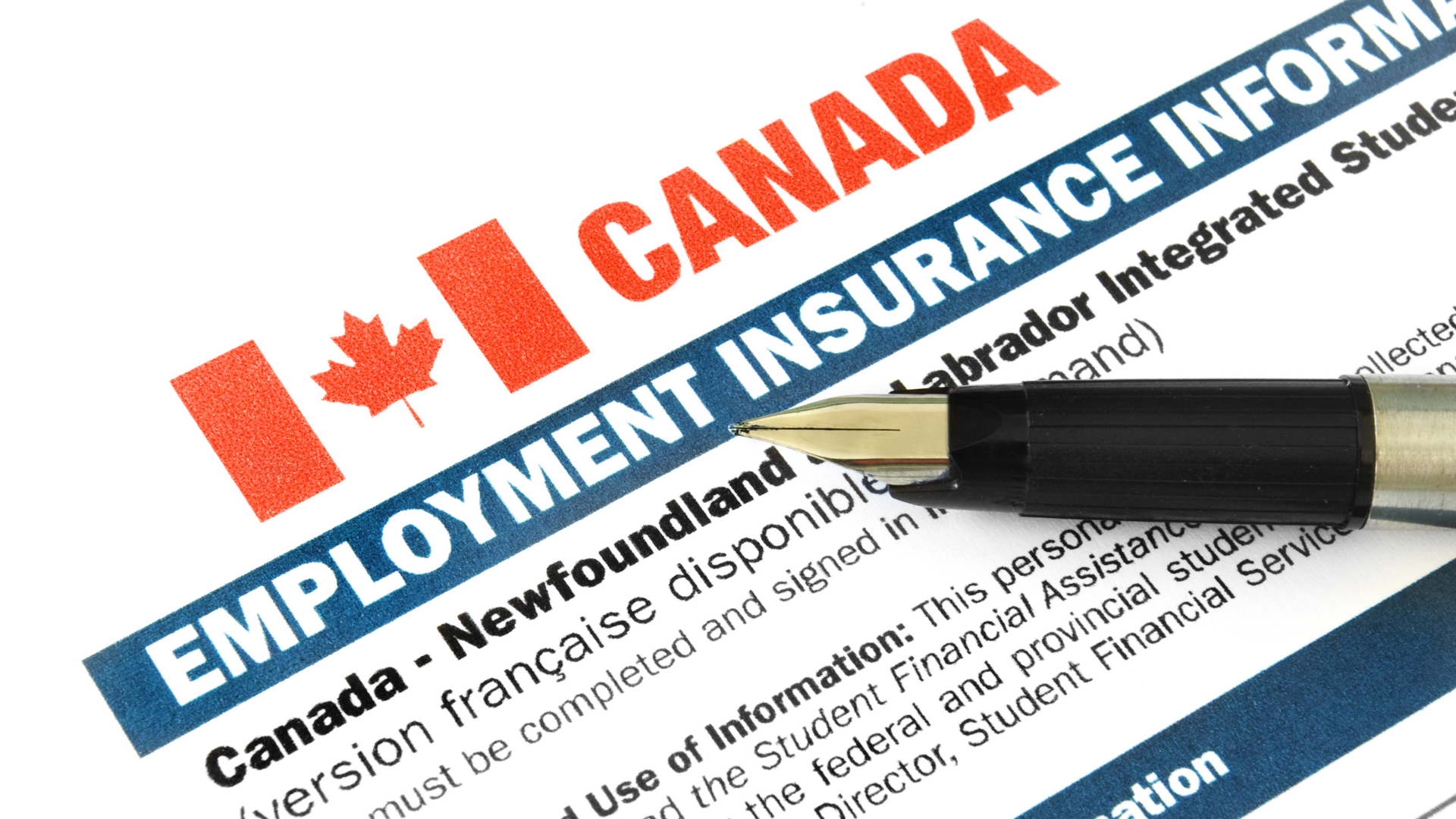How to Claim Employment Insurance (EI) in Canada if You’re Laid Off

Losing your job can be stressful, but if you’ve been laid
off in Canada, you might qualify for financial support through the federal
government’s Employment Insurance (EI) program. This guide simplifies
everything you need to know about EI, from eligibility to receiving your first
payment.
What Is Employment Insurance (EI)?
Employment Insurance provides temporary financial support
to workers who lose their jobs due to circumstances beyond their control, such
as layoffs or a company closure. In 2024, you can receive up to $668 per
week in EI benefits to help cover your expenses while you search for a new
job.
Are Temporary Foreign Workers Eligible for EI?
Yes! Temporary foreign workers with valid work permits may
qualify for EI benefits if they meet the following criteria:
- You
must have worked in insurable employment (jobs where your employer
deducts EI premiums).
- If
you have an open work permit, you’re eligible as long as the permit
remains valid.
- If
you have a closed work permit tied to a specific employer, you may
still apply, though your claim might face additional scrutiny.
Am I Eligible for EI?
You are eligible for EI if you meet these conditions:
- Worked
in insurable employment and had EI premiums
deducted from your pay.
- Accumulated
enough insurable hours during the past 52 weeks (typically 420–700
hours).
- Lost
your job through no fault of your own (e.g., layoffs).
- Been
without work or pay for at least seven consecutive days.
- Are
ready, willing, and able to work daily.
- Are
actively looking for a job.
Important Notes:
- If
you quit voluntarily or were fired for misconduct, you won’t qualify.
- Severance
pay or pay in lieu of notice must be used up before you can start
receiving EI.
How Much Can You Receive?
The EI program replaces 55% of your average insurable
weekly earnings up to a maximum of $668 per week. Your benefits are
subject to income tax, which will be deducted from your payments.
How Long Can You Receive EI?
The duration of benefits depends on:
- The
unemployment rate in your region.
- The
number of insurable hours you’ve accumulated.
You could receive benefits for 14 to 45 weeks based
on these factors.
Steps to Apply for EI
Step 1: Apply Immediately
- Apply
online at Service Canada.
- Have
these details ready:
- Social
Insurance Number (SIN).
- Banking
information for direct deposit.
- Employment
details.
- Address
and contact information.
Step 2: Submit Your Record of Employment (ROE)
Your employer must provide an ROE, which shows your work history and pay. They
may send it directly to Service Canada, or you may need to submit it yourself.
Step 3: Respond to Service Canada Requests
If Service Canada contacts you, provide the required information promptly.
Step 4: Wait for a Decision
Service Canada aims to process applications within 28 days. You can
check the status of your claim through your My Service Canada Account (MSCA).
Step 5: Submit Bi-Weekly Reports
After your claim is approved, you’ll need to submit reports every two weeks to
confirm your eligibility. You must report:
- Any
income earned.
- Job
search efforts.
When Will Payments Start?
There is a one-week waiting period before benefits
begin. Payments will be deposited 2–3 business days after you submit your
bi-weekly report.
Part-Time Work While on EI
You can work part-time while receiving EI. For every dollar
you earn, your EI benefits will reduce by 50 cents until you reach 90%
of your weekly insurable earnings. Earnings beyond this cap will be
deducted dollar for dollar.
How to Set Up Your My Service Canada Account
(MSCA)
Your MSCA is a secure portal for accessing government
benefits. Sign up at My Service Canada Account using:
- A
GCKey.
- Sign-In
Partner through your bank.
- Provincial
digital ID (e.g., BC Services Card).
Setting Up Direct Deposit
To receive payments directly into your bank account,
provide:
- Your
account number.
- Transit
and institution numbers (found on your cheques or online banking portal).
Key Takeaways
Employment Insurance is a lifeline if you’re laid off in
Canada. Apply as soon as you stop working, stay on top of your bi-weekly
reports, and actively search for a new job to continue receiving benefits.
Stay informed and take action quickly to make the most of
the support available through EI!






